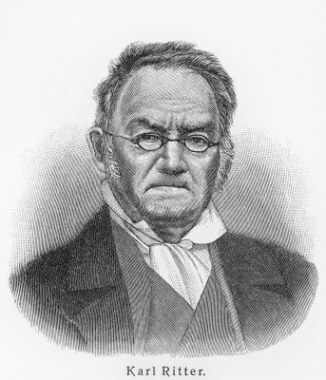O xylemit is an important tissue for the plant and, like the phloem, it is considered a conducting fabric. The main function of xylem is to ensure that water and mineral salts are taken from the root to other parts of the vegetable, efficiently.
→ General characteristics of xylem
the xylem is a vascular tissue found throughout the body of the plant which presents cells, for the most part, with thick and lignified walls. In this tissue, we observe cell types such as tracheal elements, the fibers and the parenchymal cells. By having these various cell types, we say that it is a complex tissue.
tracheal elements
The tracheal elements are the cells specialized in driving that become dead in maturity and pitted, that is, places where there is no deposition of secondary wall. We can classify tracheal elements into two types: tracheids and vessel elements.
Tracheids are considered more primitive cells when compared to vessel elements. They are imperforate and have several dots on their walls, which ensure conduction. These conduction cells are typical of gymnosperms, but they can also occur in more primitive families of angiosperms.
The vessel elements, in turn, have perforations in their walls, which serve as a communication between the cells. These perforations, unlike pits, are completely open places that do not have primary or secondary walls. Because of these perforations, the vessel elements form large channels through which water flows easily. Vessel elements are found in angiosperms and in some species of gymnosperms.
Fibers
Fibers are elongated cells with tapered ends which have thick and lignified walls and, because of these characteristics, are dead in maturity. In this tissue, we find two basic types of fibers: fibrotracheids and libriform fibers. Fibrotracheids have areolar pits (the secondary wall forms a kind of projection over the pit), and libriforms have simple pits.
parenchymal cells
In xylem, the parenchyma acts as a reserve fabric, which stores different substances, such as starch. In addition to storing substances, these cells perform the short distance substance translocation function.
→ Primary and secondary xylem
In the body of a vegetable we find primary and secondary xylem. O primary xylem is formed during the primary growth of the plant from the procambium, and the secondary xylem it is formed from the vascular cambium during the secondary growth of the plant. Another difference is that, in the primary xylem, the cells are organized in the axial system (the greatest length of the cells is parallel to the vertical axis of this organ); and, in the secondary, they are organized in the axial and radial systems (cells with greater length perpendicular to the vertical axis of the plant).
By Ma. Vanessa dos Santos
Source: Brazil School - https://brasilescola.uol.com.br/o-que-e/biologia/o-que-e-xilema.htm


